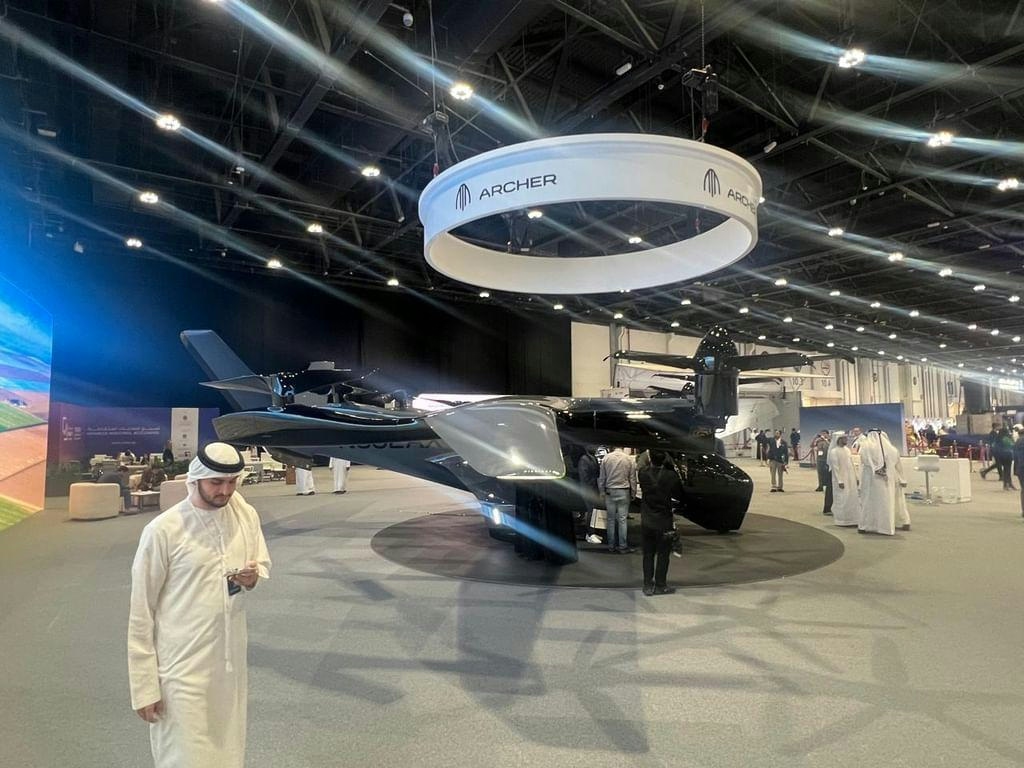热门趋势
Collaboration Advances Flight Safety Across Industries

Collaboration Advances Flight Safety Across Industries
A Unified Approach to Aviation Safety
Aviation safety is fundamentally strengthened through collaboration, uniting operators, manufacturers, and regulators to collectively identify challenges, share critical data, elevate safety standards, and implement best practices on a broad scale. This multi-stakeholder approach encompasses all sectors of aviation—including commercial, business, and emerging fields—fostering a shared safety ecosystem that benefits the industry as a whole.
Data Sharing in Commercial Aviation
In commercial aviation, collaborative efforts frequently center on data sharing initiatives such as the Aviation Safety Information Analysis and Sharing (ASIAS) system. By aggregating de-identified operational data from multiple airlines, these programs enable the detection of subtle risk patterns that may not be evident when analyzing individual operations alone. This approach facilitates a transition from reactive to predictive safety management, allowing stakeholders to address potential hazards before they escalate into incidents.
Collaborative Networks in Business Aviation
Business aviation has established comparable collaborative frameworks tailored to its unique operational demands. Industry associations play a pivotal role in facilitating the exchange of best practices among operators, while partnerships with manufacturers ensure that emerging technologies effectively address real-world safety challenges. This cooperative strategy supports business aviation’s exemplary safety record, despite the sector’s smaller teams and diverse mission profiles.
Advancing Safety in Next-Generation Aviation
Collaboration is particularly pronounced in the realm of advanced air mobility, where manufacturers, operators, and regulators are proactively developing safety frameworks ahead of commercial deployment. This forward-looking cooperation aims to embed robust safety measures from the outset of operations.
The Role of Technology Partners and Regulatory Collaboration
Technology developers contribute significantly by leveraging operational insights to drive innovations focused on predictive maintenance and enhanced flight deck usability. These partnerships bridge the gap between practical experience and technological advancement, fostering safer aviation environments.
Simultaneously, regulatory authorities have embraced collaborative approaches by working closely with industry stakeholders to formulate performance-based standards. These standards uphold stringent safety requirements while accommodating rapid technological progress, ensuring that regulations remain both relevant and effective amid an evolving operational landscape.
As aviation continues to grow in complexity, sustained collaboration across all sectors will be vital to anticipating emerging risks and maintaining the industry’s strong safety record.
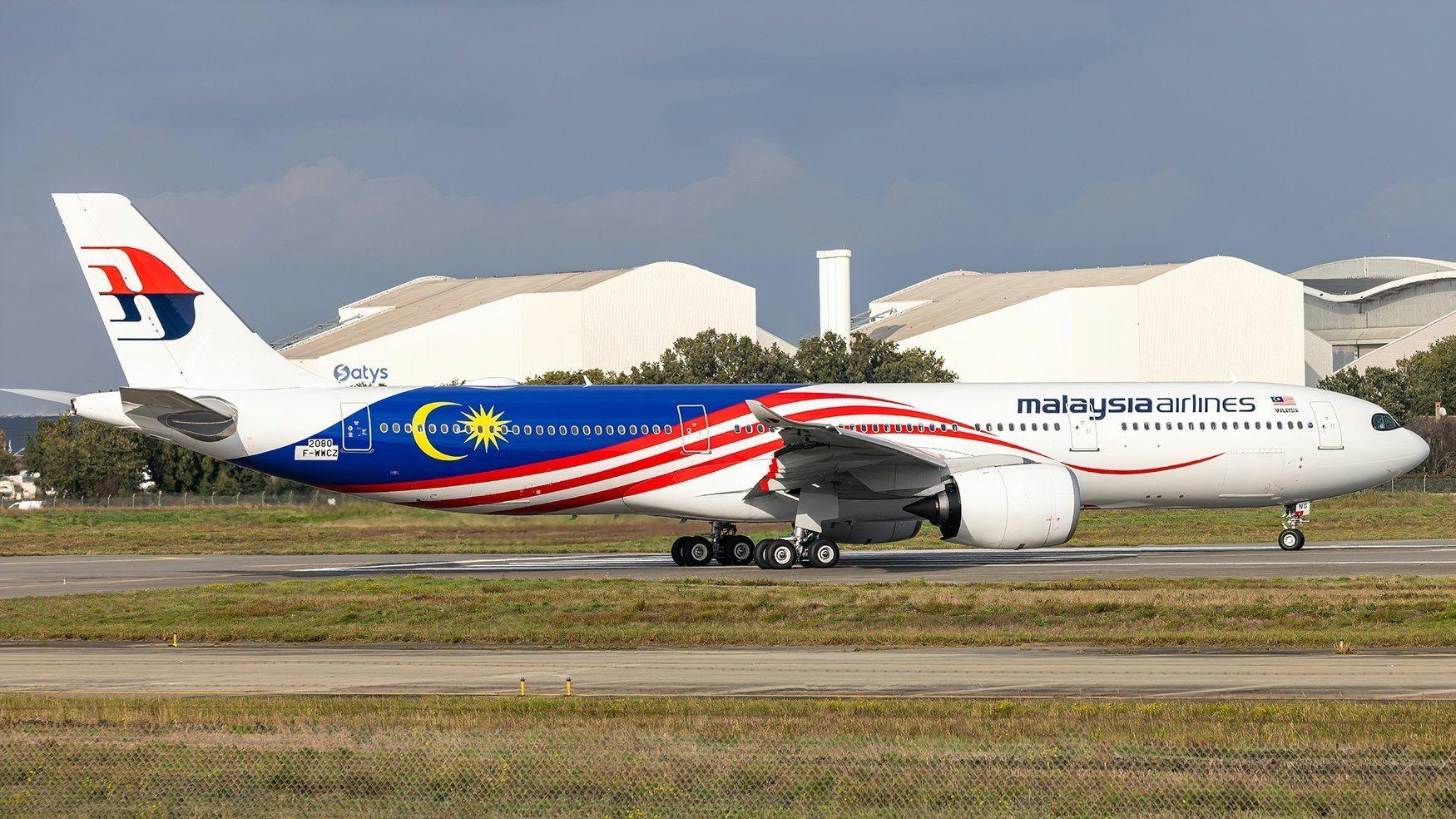
Malaysia Aviation Group Expected to Confirm Airbus A330neo Order During Anwar’s Paris Visit
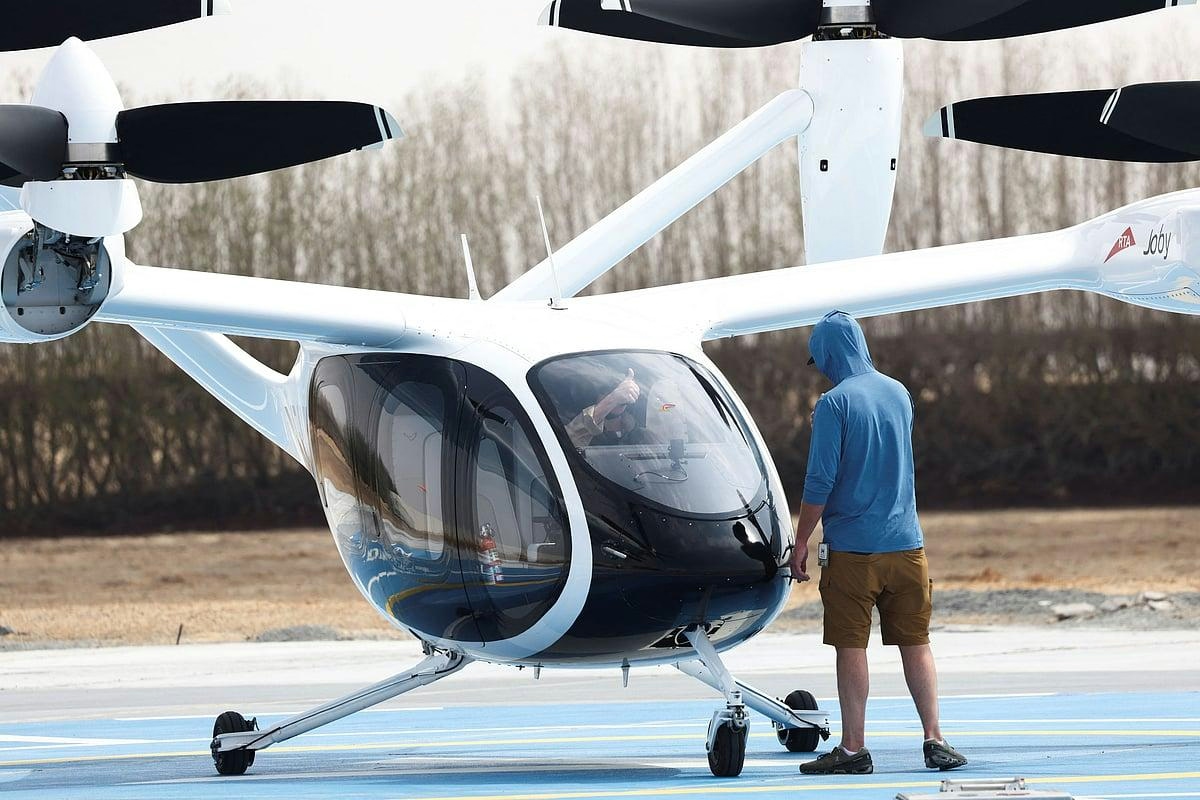
US Firm and Abu Dhabi Collaborate on Successful Flying Taxi Test

Global Aviation Industry Overview
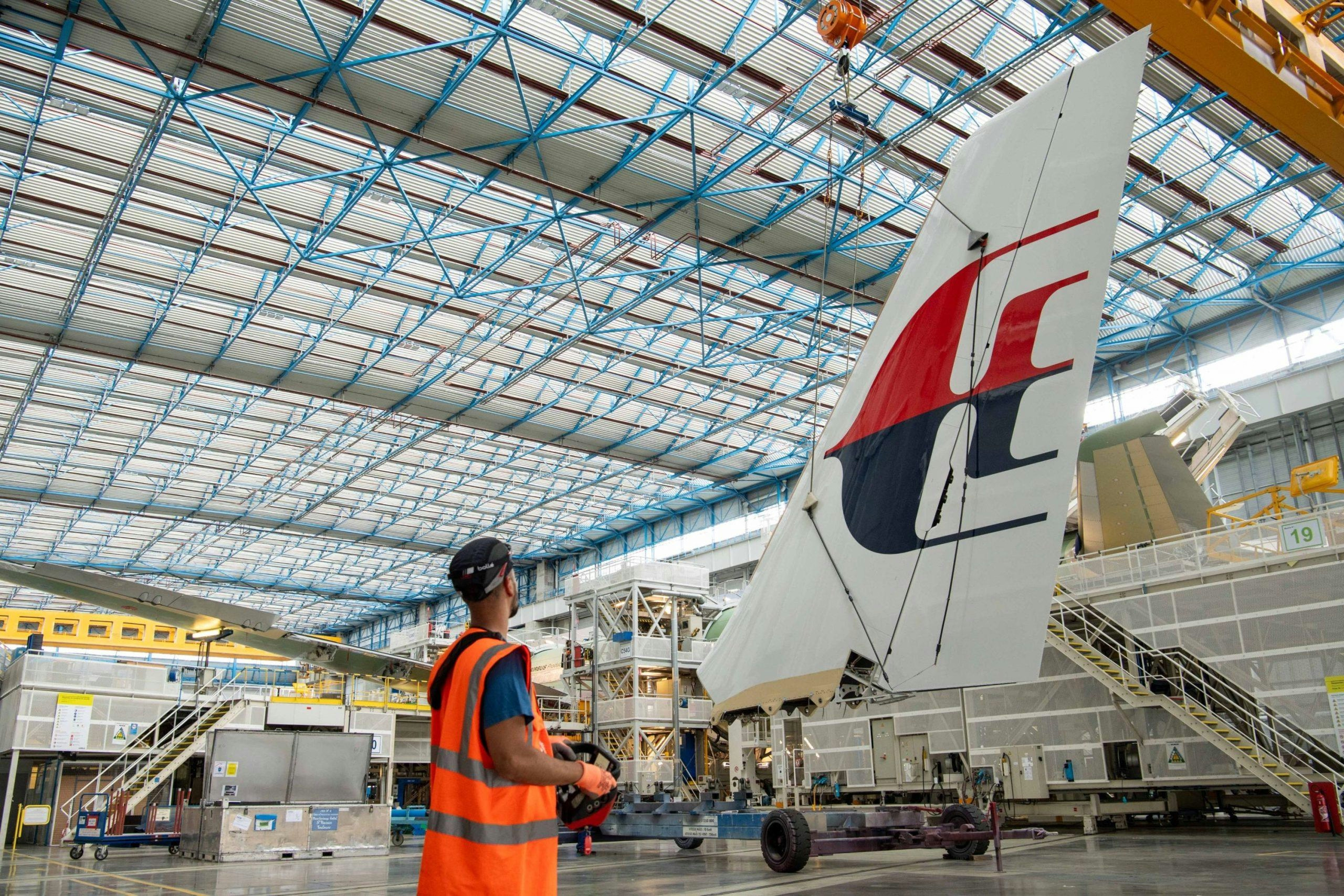
Sources: Airbus Close to Securing A330neo Order from Malaysia

Petrolimex Aviation Partners with CDNetworks to Enhance Cybersecurity Using AI Cloud Platform
CDNetworks and Petrolimex Aviation: How AI-Driven Cybersecurity Fuels APAC Cloud Infrastructure Growth
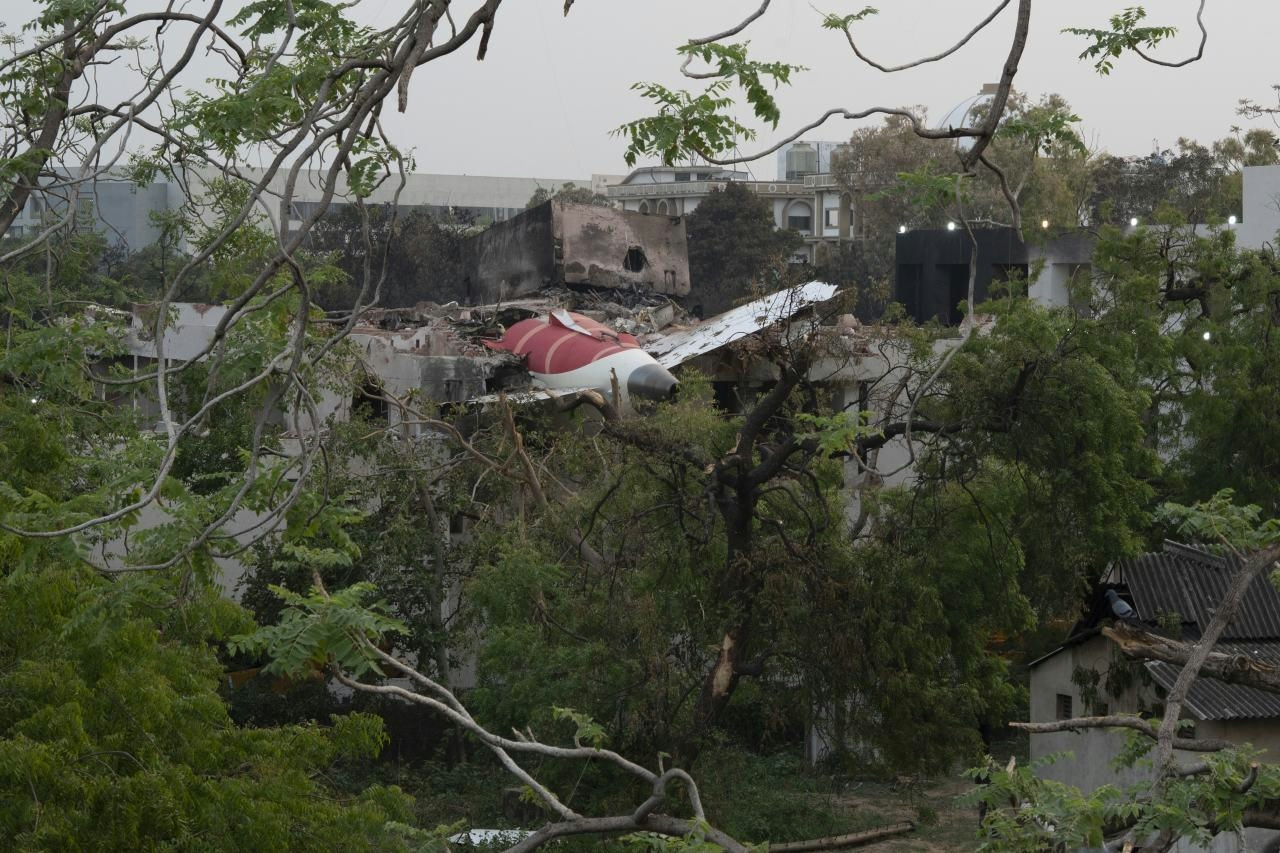
Investigators Examine Dual-Engine Failure in Air India Crash
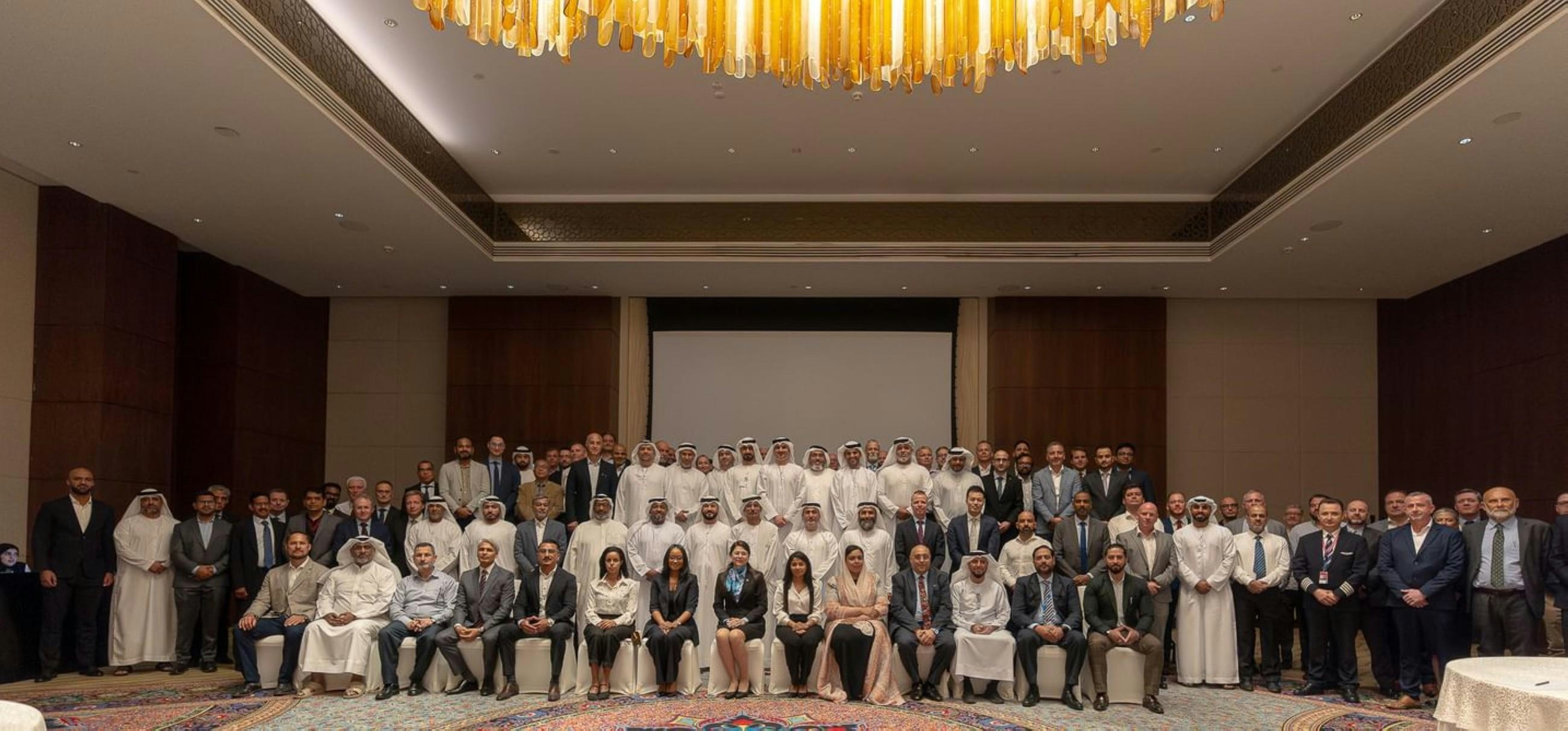
GCAA Hosts ASCC 2025 to Discuss Regulatory Innovation
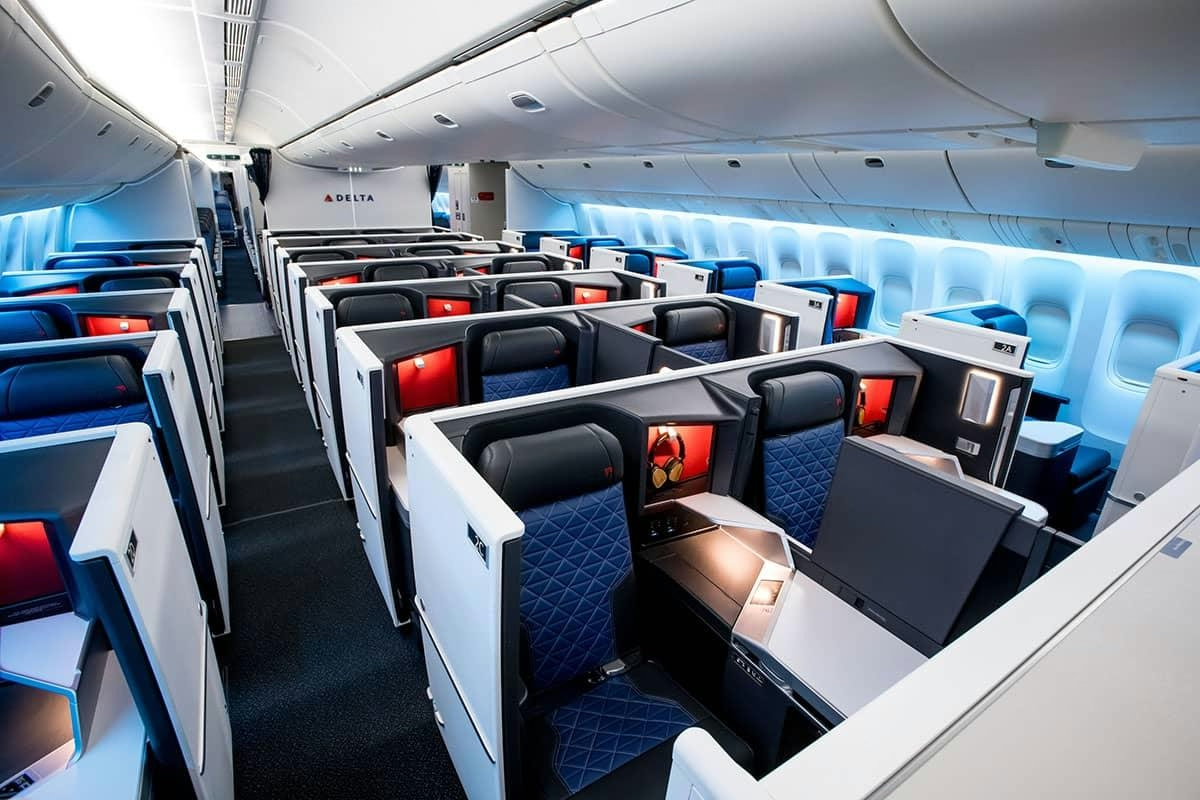
Delta Air Lines’ Primary Hubs for Each Widebody Aircraft
